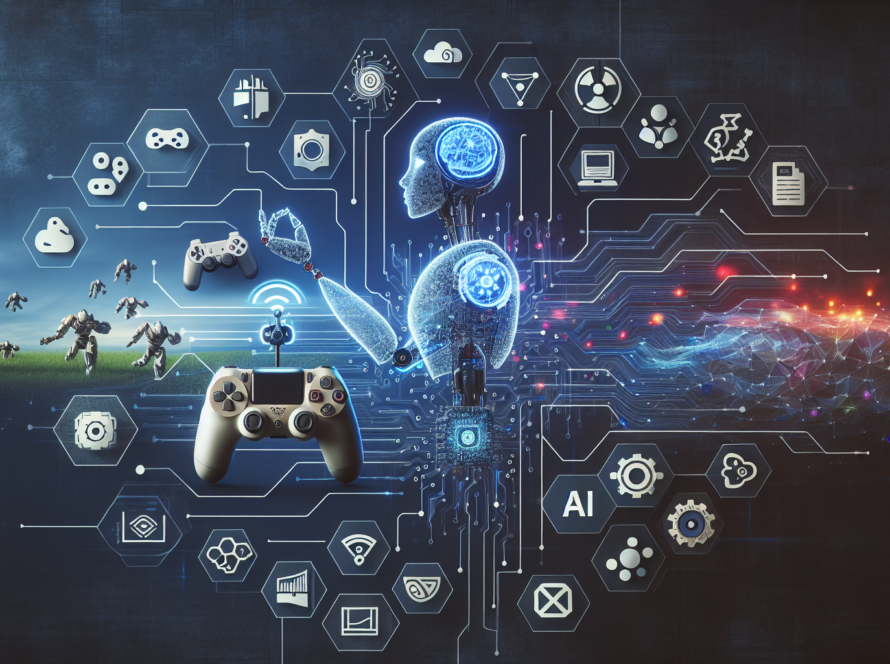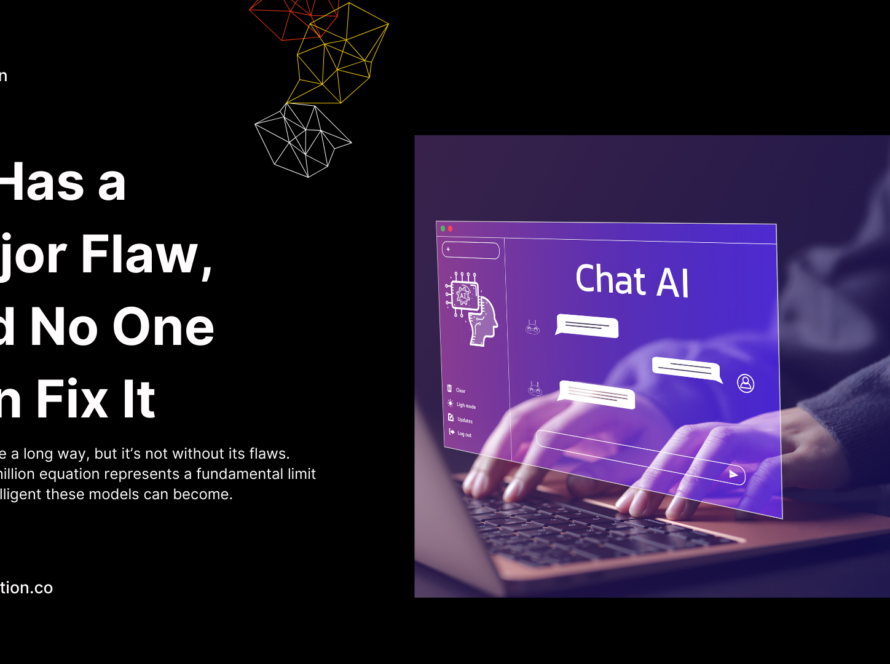Large Language Models (LLMs) like ChatGPT have become ubiquitous, transforming how we interact with technology. Yet, despite their widespread use, a profound mystery remains: Why do they work so well? The inner workings of these models are still largely a black box, even to the researchers who build them. This article explores the gap between what we know and what we don’t—and why understanding AI’s “emergent capabilities” is one of the most pressing challenges in the field.
The Foundation: Transformers and Next-Word Prediction
At their core, LLMs are next-word prediction engines. Feed them a prompt like “The dog is…”, and they predict the next word, say, “fluffy.” This concept isn’t new, but the breakthrough came in 2017 with Google’s seminal paper, “Attention Is All You Need,” which introduced the transformer architecture.
Key Innovations of Transformers:
- Parallel Processing: Unlike older models that processed words sequentially, transformers analyze entire sentences at once, drastically speeding up training.
- Dynamic Attention: Words can assign varying levels of importance to other words in the sentence, mimicking how humans focus on relevant context.
While transformers were originally designed for machine translation (e.g., German to English), their scalability unlocked unexpected capabilities, leading to models like ChatGPT.
The Mystery of Emergent Capabilities
LLMs exhibit behaviors they were never explicitly trained for, such as:
- Following instructions (e.g., summarizing text).
- Answering complex questions (e.g., “What’s the capital of the state that contains Dallas?” → “Austin”).
- Performing reasoning tasks (e.g., arithmetic or word unscrambling).
These are called emergent capabilities, skills that appear only when models reach a certain size. But here’s the debate: Are these abilities truly emergent (i.e., absent in smaller models), or were they always latent, just harder to detect?
The Unanswered Question:
How can a model trained only to predict the next word perform tasks that seem to require understanding?
The Black Box Problem
Unlike airplanes or bridges, where engineers understand every component’s role, AI models operate in ways we can’t fully explain. For instance:
- We don’t know why they succeedor fail. Is a mistake like a “chipped wing” (minor) or a “dented wing” (catastrophic)? Without understanding the internal mechanisms, we can’t reliably diagnose issues.
- We can’t predict unintended behaviors. A model might generate harmful content accidentally (bad training data) or intentionally (if misaligned incentives emerge).
Peering Inside the Black Box: Interpretability Research
To demystify AI, researchers are pioneering interpretability, a field dedicated to reverse engineering how models work. Key efforts include:
1. Feature Identification
- Anthropic discovered a “Golden Gate Bridge” feature in a model. When amplified, the model fixated on the bridge in conversations.
- Implication: Models encode real-world concepts as discrete features, offering clues about their internal representations.
2. Circuit Mapping
- For the question “What’s the capital of Texas?”, researchers traced a reasoning pathway: Dallas → Texas → Austin.
- Surprise: The model’s steps mirrored human logic, suggesting it might “think” similarly.
Challenges:
- These findings are not yet generalizable. Each circuit must be painstakingly mapped manually.
- We’re far from a unified theory of how LLMs reason.
Why Understanding AI Matters
- Accelerating Progress
- Today’s AI advances rely on trial and error (e.g., “just make the model bigger”). Deeper understanding could lead to targeted improvements.
- Safety and Control
- Without knowing how models “decide,” we can’t guarantee they’ll behave as intended or prevent misuse.
- Unprecedented Technological Uncertainty
- As Anthropic’s CEO noted, it’s “crazy” that society relies on technology we don’t fully comprehend.
Conclusion: The Road Ahead
The gap between AI’s capabilities and our understanding of them is both thrilling and unsettling. Interpretability research offers glimpses into the black box, but the field is still in its infancy. As LLMs grow more powerful, solving this puzzle isn’t just academic, it’s essential for ensuring AI remains safe, controllable, and beneficial.
For now, one thing is clear: No one knows why AI works. And that’s exactly why we need to keep asking.







